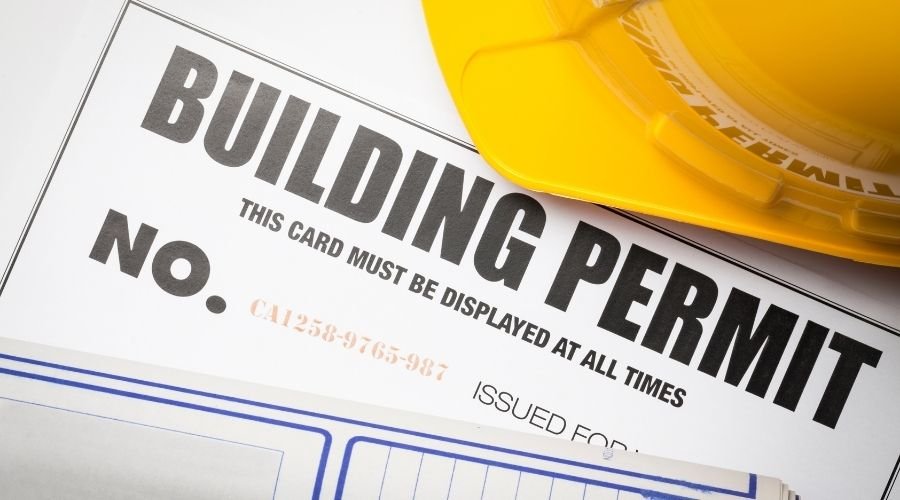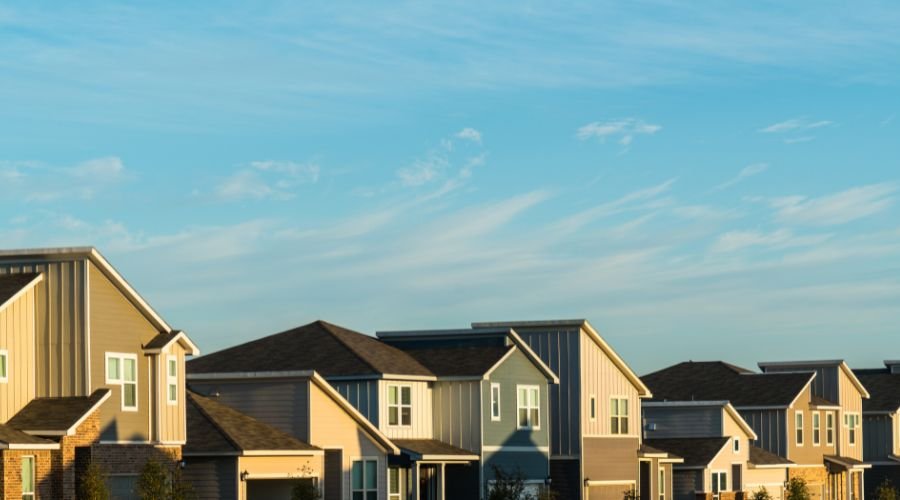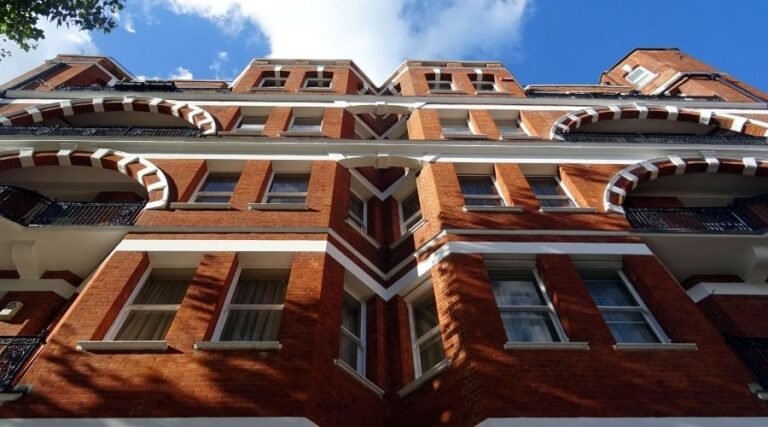Staying informed about building code updates in NSW is essential for both homeowners and builders. The 2025 NSW building code changes will significantly impact construction practices and requirements, shaping the future of residential and commercial properties across the region.
For homeowners, understanding these updates means ensuring your property meets the latest safety and sustainability standards. This proactive approach can prevent costly modifications down the line and enhance the value and functionality of your home.
Builders must adapt to new regulations to maintain compliance, avoid penalties, and deliver projects that meet current standards. These changes can influence project timelines, costs, and methodologies, making it crucial for industry professionals to stay ahead of the curve.
The upcoming amendments include:
- Fire safety reforms
- Subdivision and complying development changes
- National Construction Code (NCC) 2025 draft amendments
- New BASIX requirements
- Compliance updates
Each of these areas introduces specific updates designed to improve safety, streamline processes, and promote sustainability. By understanding these changes, you position yourself to navigate the evolving landscape confidently.

Fire Safety Reforms
Understanding the implementation timeline for fire safety reforms is crucial for homeowners and builders in NSW. These changes are set to be phased in gradually, starting in early 2025. This allows all stakeholders ample time to adapt and ensure compliance with the new fire safety regulations.
Maintaining essential fire safety measures will become more stringent. The updated building code emphasizes regular inspections and maintenance as per AS 1851-2012, ensuring that systems such as fire alarms, sprinklers, and extinguishers are always in optimal working condition.
Accredited persons will play a significant role in certifying fire safety measures. Fire and Rescue NSW (FRNSW) will oversee the involvement of these experts, ensuring they possess the necessary credentials and experience to certify compliance accurately. This initiative aims to enhance the reliability and effectiveness of fire safety systems across all buildings.
Standardization of documentation using government templates is another key aspect of these reforms. This standardized approach ensures consistent record-keeping and reporting practices, making it easier for authorities to review and verify compliance with fire safety regulations.
These reforms highlight a proactive approach to enhancing fire safety, protecting lives, and safeguarding properties throughout NSW.
Subdivision and Complying Development Changes
Navigating the evolving landscape of subdivision requirements is crucial for both homeowners and builders in NSW. The State Environmental Planning Policy has introduced significant updates to subdivision regulations, particularly affecting houses and dual occupancies. These updates include:
1. Minimum Lot Widths
New standards have been set for minimum lot widths, ensuring more consistent and orderly development across residential areas. This change aims to enhance neighborhood aesthetics and functionality.
2. Approval Processes
Streamlined approval processes make it easier to obtain necessary permissions for subdivisions. By reducing bureaucratic hurdles, these changes allow for faster project initiation and completion, benefiting both developers and future homeowners.
Specific regulations also address balconies and decks on small lots. These rules help ensure safety, privacy, and compliance with overall design standards. For example:
- Balconies must adhere to strict size limitations.
- Decks should be constructed with materials that meet updated fire safety codes.
- Placement of such structures must consider neighboring properties to prevent encroachment or privacy issues.
By simplifying procedures and establishing clear guidelines, these changes aim to foster a more efficient construction environment while maintaining high standards of safety and quality.
National Construction Code (NCC) 2025 Draft
To stay ahead, it’s important to closely examine the NCC 2025 edition. This document is set to redefine construction standards throughout NSW. The proposed changes aim to strengthen energy efficiency, structural durability, and safety in every new construction or renovation project.
Key changes in the NCC 2025 draft:
- Energy performance targets have been raised, demanding greater insulation values, improved glazing systems, and enhanced air-tightness for both residential and commercial builds. Builders and homeowners will need to consider innovative materials and passive design strategies to meet these enhanced requirements.
- Structural integrity receives extra emphasis with more rigorous standards for load-bearing elements and weatherproofing. This is particularly relevant in coastal regions around Sydney where harsh weather can challenge building longevity.
- Performance solutions now face tighter scrutiny. The draft explicitly prohibits relying solely on “expert judgment” when assessing whether alternative design solutions meet code requirements. Instead, robust evidence—such as testing reports or peer-reviewed data—must accompany any non-standard method.
The Australian Building Codes Board has opened the public consultation period for feedback on these proposed updates, closing in August 2024. Anyone invested in safer, smarter construction—whether you’re considering a custom home, a duplex, or a major commercial fitout—has the opportunity to review these building code updates for NSW and submit comments that could shape the final NCC 2025 edition.

New BASIX Requirements in the 2025 Building Code Updates
Explanation of BASIX (Building Sustainability Index)
The Building Sustainability Index (BASIX) is a crucial program aimed at improving the sustainability of residential buildings in New South Wales. It sets specific standards for energy efficiency, water conservation, and thermal comfort, ensuring that new homes and renovations have a positive impact on environmental sustainability.
Key Changes to BASIX Requirements in the 2025 Building Code Updates
The 2025 building code updates bring significant changes to BASIX requirements:
- Increased Energy Efficiency Targets: New standards demand higher performance in energy-saving measures.
- Enhanced Water Savings: Updated regulations require more effective water conservation strategies.
These changes aim to push the boundaries of sustainable building practices, encouraging innovation and environmentally friendly construction methods.
Implications for Homeowners and Builders
With these new BASIX requirements, homeowners and builders will face several implications:
- Advanced Sustainable Design Strategies: Greater emphasis on integrating cutting-edge sustainable design principles.
- Technological Innovations: Necessity for adopting advanced technologies like solar pre-wiring and greywater systems.
- Compliance Challenges: Ensuring adherence to stricter standards may require professional guidance and meticulous planning.
These updates demonstrate a commitment to creating eco-friendly living spaces that not only meet but exceed sustainability expectations.
Compliance Updates in the 2025 Building Code Changes
Adapting to the compliance updates 2025 NSW building code changes is essential for anyone planning, designing, or maintaining a building. The new code puts an unmistakable spotlight on accountability and ongoing safety.
Key compliance updates include:
- Stricter Safety Adherence:
- New requirements demand not just compliance at handover, but a documented commitment to ongoing safety standards. This means regular checks, digital records of maintenance, and clear responsibilities for both owners and strata managers.
- Simplified Certification Pathways:
- Builders now have access to new certification pathways. Private certifiers can issue compliance certificates using streamlined processes. For you as a homeowner or developer, this cuts down administrative delays and provides more transparency in meeting key milestones.
- Ongoing Maintenance Mandates:
- The code outlines expectations for continual upkeep of critical safety systems—such as fire alarms, emergency lighting, and egress paths—throughout the lifespan of every building. These are no longer “set-and-forget” features; they’re subject to routine verification by accredited professionals.
Example: A new multi-unit residential project in Sydney will require digital logs demonstrating that all essential fire safety measures are inspected according to schedule. Failure to maintain these records can now prompt regulatory action much earlier than before.
By embedding compliance into each phase—from initial construction through decades of occupancy—the 2025 updates redefine what it means to build responsibly in NSW.
Conclusion
Staying informed about the evolving NSW building code updates is crucial for both homeowners and builders. The changes impact safety, sustainability, and compliance standards, influencing every stage of construction and renovation projects.
Seeking professional advice ensures you navigate compliance requirements effectively. Implementing sustainable design strategies can enhance efficiency and long-term value.
For personalized guidance on the building code updates in NSW, contact Skanska Construction Group—your trusted partner in creating safe, sustainable, and compliant properties.




